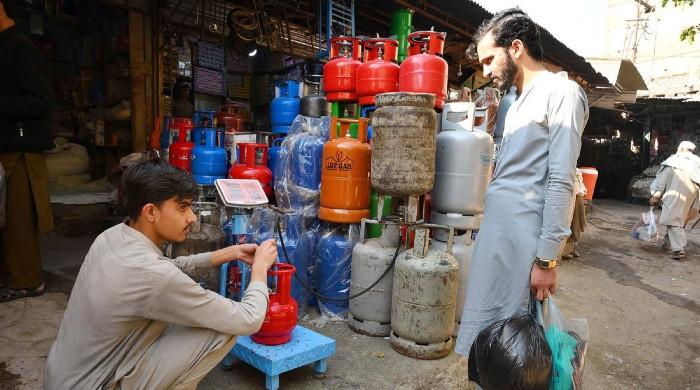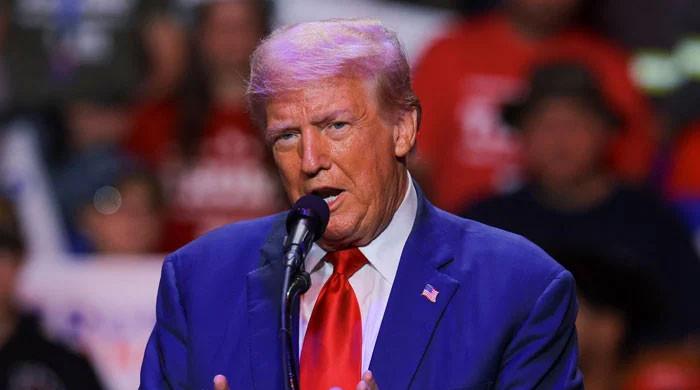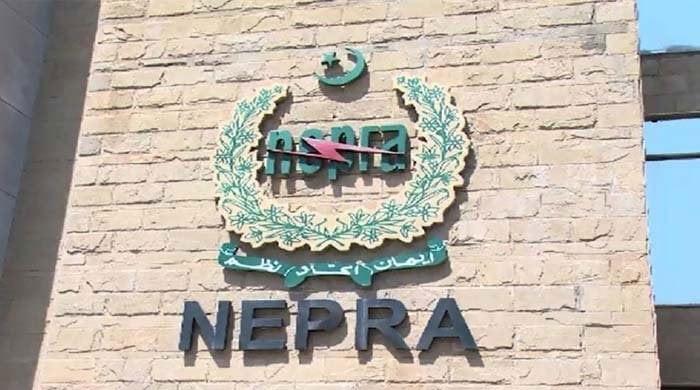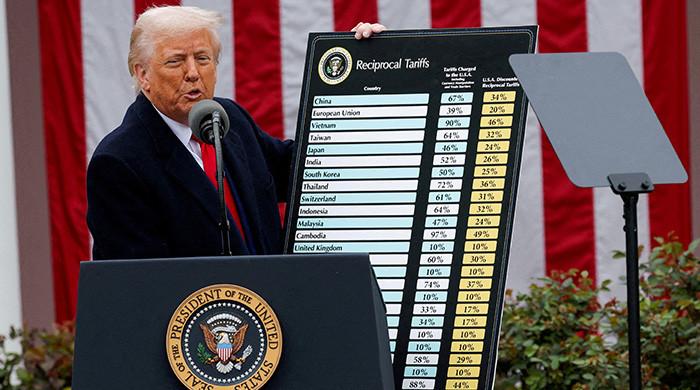Pakistan looking at a current account deficit of 2-3% of GDP this year: SBP governor
"In emerging markets, a moderate level of current account deficit is not bad news," says Reza Baqir
August 13, 2021
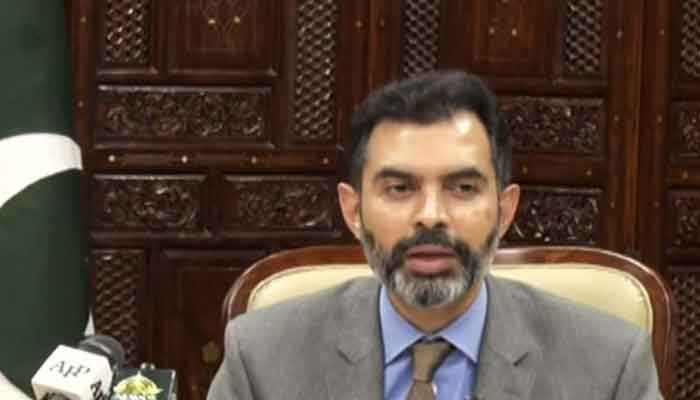
- Reza Baqir says current account deficit in 2021-22 of 2-3% of GDP;
- "roughly translates to $6.5-9.5 billion".
- SBP governor Pakistan's current account deficit "sustainable".
- Pakistan's foreign exchange reserves are "close to $18 billion", he says.
State Bank of Pakistan Governor Reza Baqir on Friday said that Pakistan is looking at a current account deficit this year that is 2-3% of the Gross Domestic Product.
Addressing a press conference in Islamabad, Baqir said that the State Bank, in its last monetary policy statement, said that it is looking at a current account deficit of 2-3% of the GDP "which roughly translates to $6.5-9.5 billion".
He said that a lot of people expressed concern and inquired whether that was a sustainable level.
"In our assessment, it is a sustainable level of current account deficit.
"In emerging markets, especially where the economy is improving, where the GDP is on the rise, a moderate level of current account deficit is not bad news, it is good news," he explained.
Three 'alarm bells'
Baqir said international experience tells us that there are three "alarm bells" for a country whose current account deficit is on the rise.
"In Pakistan's case, not even one of the three alarm bells is ringing," he said.
The SBP governor went on to explain that the first thing to watch out for is "the level of the current account deficit".
"In the past, we encountered problems when our current account deficit reached 6% of GDP. You may recall that after that, our reserves experienced a loss that forced us to go to the IMF (International Monetary Fund)," he said.
He said the level of current account deficit is not at an unsustainable level so there is no cause for alarm in this area.
The other possible alarm bell, he said, is if the current account deficit is rising and the exchange rate is not adjusting in accordance, especially in the case of countries that have a market-based exchange rate.
"This is an alarm bell because this is a natural phenomenon that when outflows are greater than inflows, and imports are increasing disproportionately to exports, the exchange rate sees an adjustment because it is a market mechanism.
"So if there is a situation when the exchange rate does not adjust, it is a cause for alarm," Baqir said.
"If the exchange rate in a country with a market-based exchange rate shows a good, two-way adjustment, like in Pakistan, it is a positive indicator," the SBP governor said.
He said that third "alarm bell" pertains to low reserves. "Our country is seeing the reverse. Our reserves are increasing."
Baqir said that therefore, one must remember that these alarm bells indicate whether a current account deficit is unsustainable and in the past, when Pakistan had unsustainable levels, all these warning signs were there.
Pakistan's foreign reserves
At present, Pakistan's foreign exchange reserves are "close to $18 billion", Baqir said.
In the past, reserves were at an all-time high in October 2016, he said.
Speaking of the IMF releasing a total of $650 billion for various countries, of which Pakistan will get $2.77 billion on August 23, the SBP governor said that receiving the funds will also increase net international reserves.
This is good to cover import costs, he said.
Pakistan on growth trajectory after 'complete turnaround'
He said about two years ago Pakistan's economy was in recession mode but now it had come out of the stabilisation phase and entered the growth phase.
Baqir said about three months ago, Pakistan's GDP growth rate was forecast at 2% but then it witnessed a growth of 4% in the previous year while in the current year, according to SBP's estimation, it would grow by 4-5%.
He said that the country's economy had witnessed "a complete turnaround".
COVID impact
Replying to a question, Baqir said after the outbreak of COVID, the average international debt to GDP increased by around 10%, however Pakistan's debt to GDP ratio remained in control and increased marginally.
He said Pakistan's Ehsaas programme is recognised as the world's third or fourth largest cash programme.
He also appreciated the role played by the National Command and Operation Center (NCOC) in controlling COVID in Pakistan successfully.





